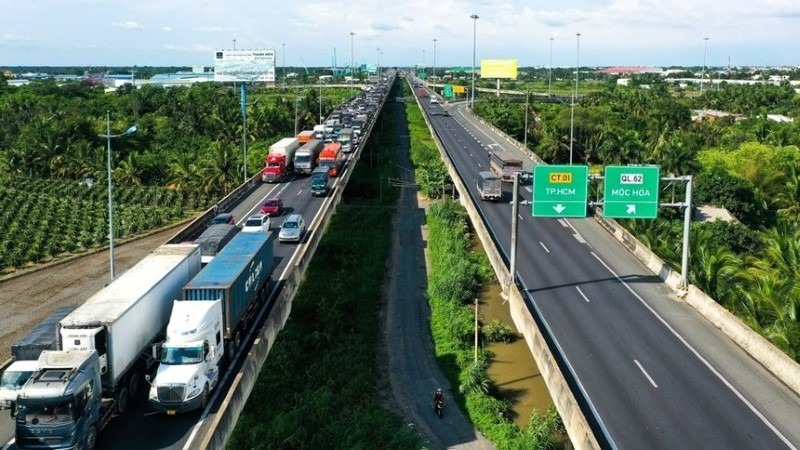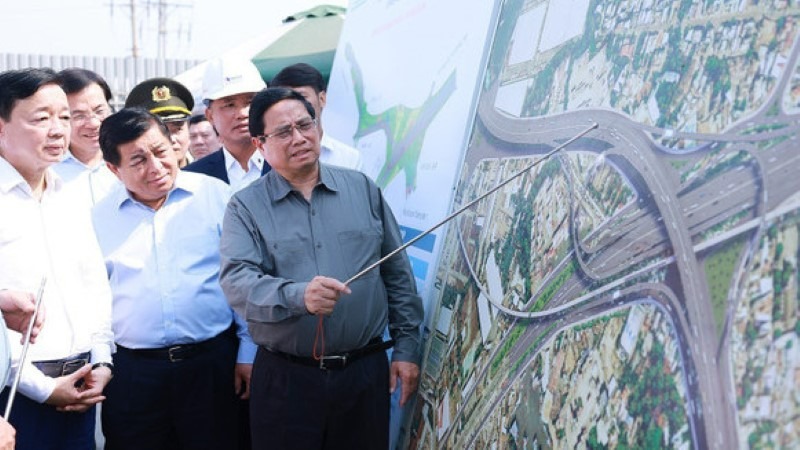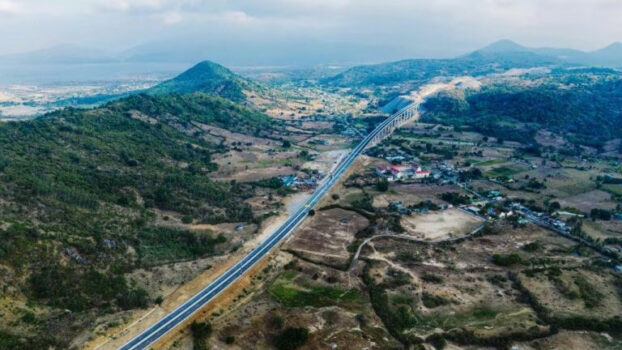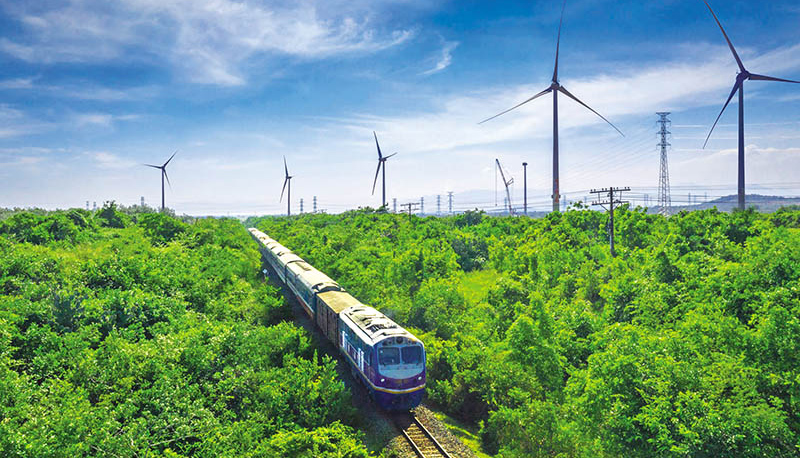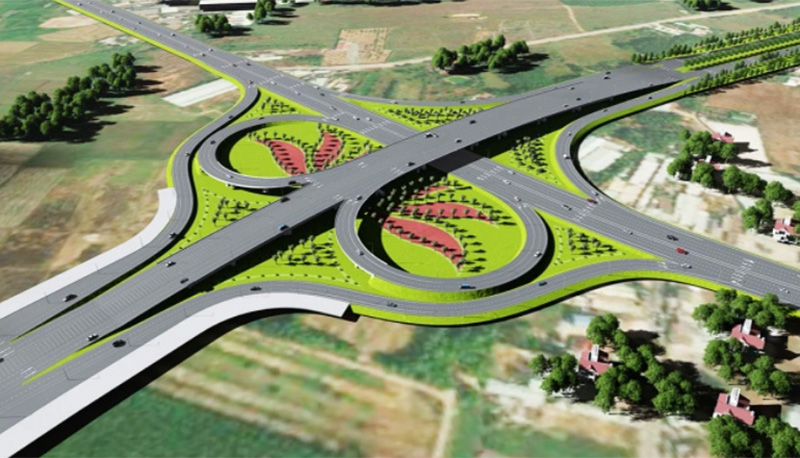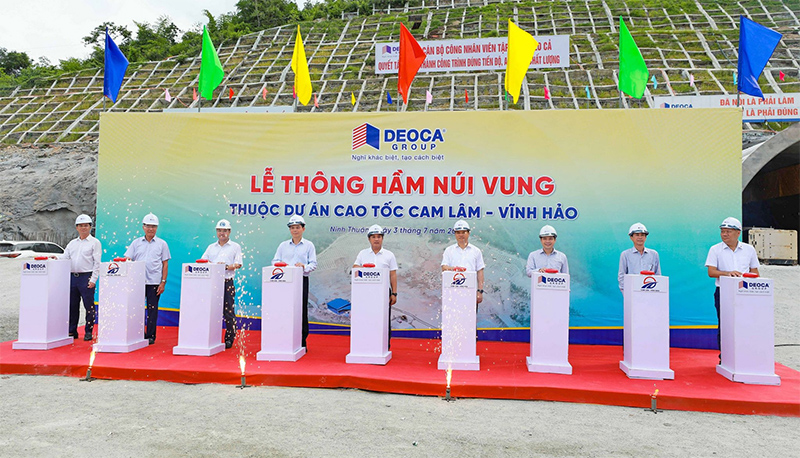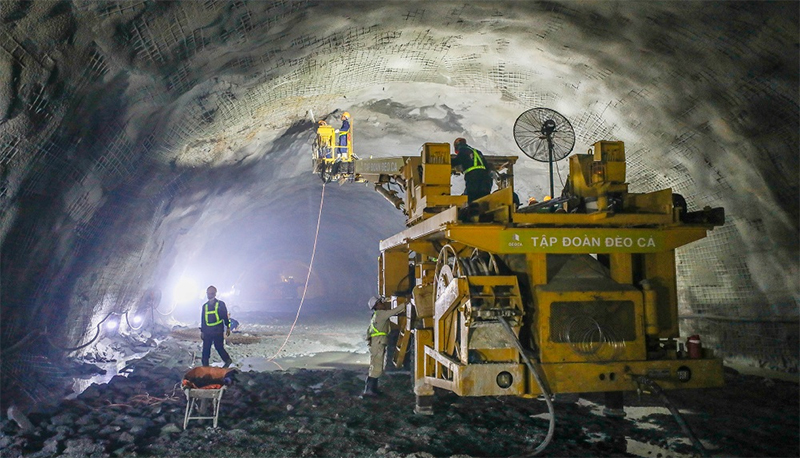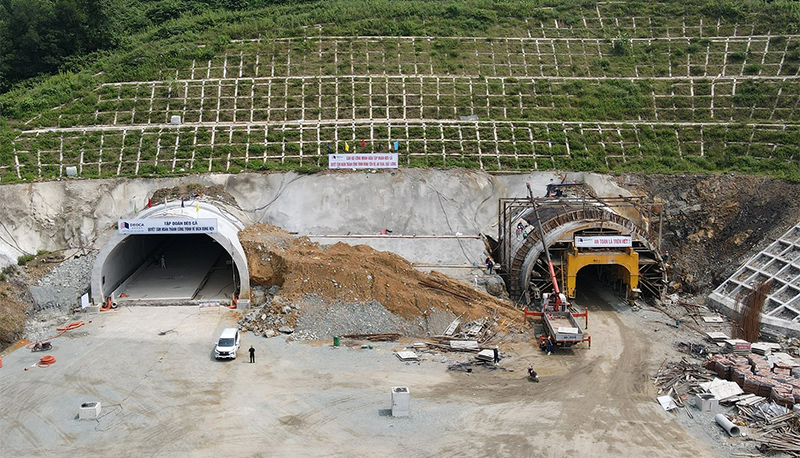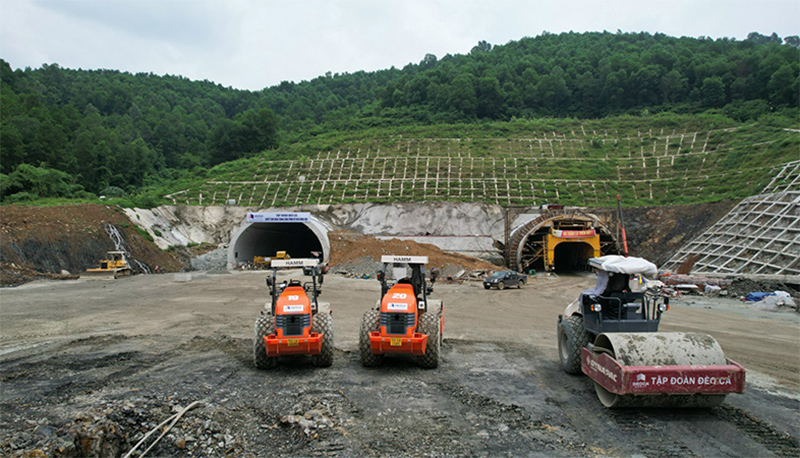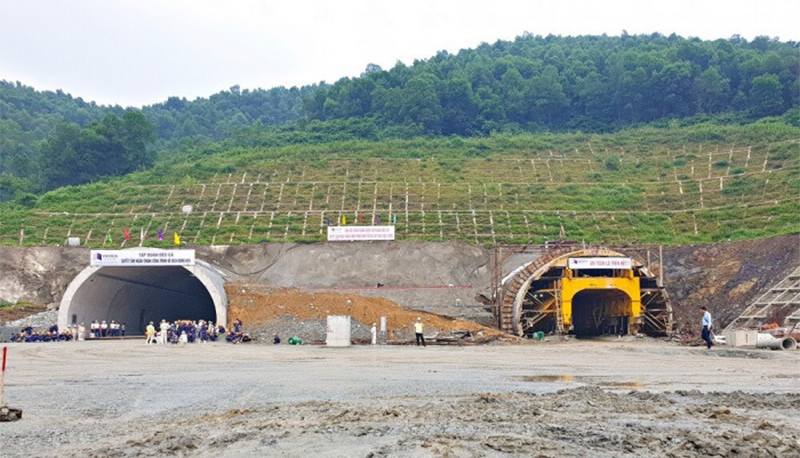In the current context, public private partnerships is a possible way for Vietnam to have an infrastructure to keep up with the demands of socio-economic development. However, why do many BOT projects still encounter “reaction” from public opinion?
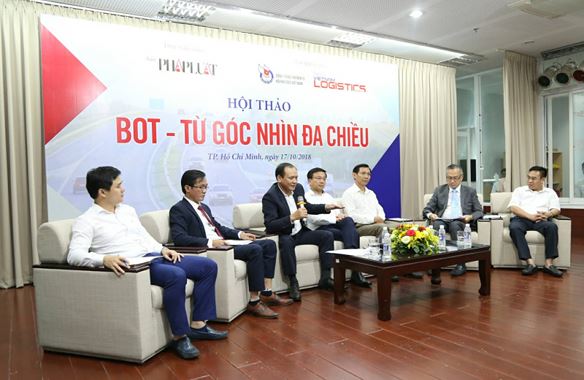
Deputy Minister Nguyen Nhat said that the inadequate survey of public opinion made many BOT projects to be reacted
This place gains success, the other place receives failure
That is the highlight of the Conference on Multidimensional Perspective with BOT held in Ho Chi Minh City recently. The BOT infrastructure project (one of the methods of Public Private Partnerships (PPP) is not so strange in many countries, including developed and developing countries. The two neighboring economies of Vietnam with similar socio-economic characteristics that are Taiwan and Thailand, are considered to be quite successful with BOT infrastructure projects.
Of course, BOT also has other “heart-rending” experiences. For example, the “movement” of animatedly carrying out BOT projects in Mexico since the early 90s with the haste, hurriedness making the Mexican Government to “burden” the debt of up to 8 billion USD.
In Vietnam, the statistics show that, in the transport sector, over 200 BOT projects have helped investors mobilize investment capital of up to 350 thousand billion VND. In the 2010 ranking of the World Economic Forum (WEF) in terms of infrastructure, Vietnam also ranked the 103. By 2016, Vietnam ranked the 24.
Therefore, the contribution from BOT transport projects is undeniable. According to most experts at the Conference on Multidimensional Perspective with BOT, in the current context, Public Private Partnerships are still a possible way for Vietnam to have an infrastructure to catch up with the demand of socio-economic development.
The inadequate survey of public opinion
The biggest question is why many BOT projects encounter “reaction” from public opinion? Why when the project is implemented, the investors with weak professional capacity and financial management experience are found?
According to Mr. Tran Viet Dung, Head of the Public Private Partnerships Office of the Department of Bidding Management (Ministry of Planning & Investment), since the first PPP projects started (in 2003) until now there have been only involved management regulations governing at the Decree level. For example, in Decree 108 of 2009 on the types of PPP contracts (including BOT, BT and BTO), there was no law on bidding for investors selection.
To 2015, there were Decree 15/2015/ND-CP and Decree 30/2015/ND clearly stipulating the investment in form of public private partnerships. Along with that, there are specific laws on investors selection. Meanwhile, “many electricity, water and transport projects in form of PPP have been implemented since 2008, during such process we were running, queuing, repairing and finishing”, Mr. Dung explained the consequences caused by legal shortcomings.
Mr. Nguyen Nhat – Deputy Minister of Transport shared at the Conference: “It must be affirmed that we have implemented many BOT projects over the past time but our law is not clear. Therefore, there have been many shortcomings in the implementation of BOT projects”.
“When implementing the projects, the management agencies, the investors have not had experience, so the issues for deployment of research have not been solved. The inadequate survey of public opinion when putting the project into use makes people not support. For example, Cai Lay BOT project affects 13 western provinces but the survey of the opinions of people in that area is not carried out so they have reaction. Ministry of Transport takes responsibility for these issues. Currently, the Ministry has also checked the violations for solution”, said Mr. Nhat.
According to Mr. Nhat, right after discovering the shortcomings, Ministry of Transport has actively listened for completion: “From 2016 until now, the Ministry has stopped 13 BOT projects to build the mechanisms and complete the legal framework. At the same time, they draw the experience so that future projects do not occur. The Ministry also audited all BOT projects to carefully calculate the toll price and collection time. After that, the Ministry also reviewed all BOT projects and reduced prices to most benefit the people” said Mr. Nhat.
Both PPP investors and transport companies “complaining”
From another perspective, BOT project investors believe that they should be treated more fairly. Mr. Nguyen Danh Huy, Head of Public Private Partnership Department (Ministry of Transport) also acknowledges that the financial regulation only approves the final settlement of investor’s loan interest rate to finance the BOT project at the maximum of 1.5 times of the fixed interest rate of government bonds, about 7.7% / year. However, the interest rate that commercial banks lend to BOT projects currently range from 10.5-10.8% per year, meaning that BOT investors suffer from “loss” to the difference that is not finally settled of 3 percentage points. “If so, in just five years, there will be BOT investors who are inexperienced about the risks of market go bankruptcy,” said Mr. Huy.
In another opinion, Mr. Luu Xuan Thuy, Standing Deputy Chairman of Deoca Group Joint Stock Company – complained that: “Resolution 104/NQ-CP dated 08 August 2018 of the Government allows the implementation of the unstable production subsidy policies to the labor costs for construction projects in period of 2005-2015, but the Ministry of Construction says it only applies to projects of state-owned companies. I.e. BOT projects are not allowed to finally settle this cost. Why is that so when we are also building projects on the same highway as other state-owned companies?”.
On behalf of BOT infrastructure users, Mr. Dinh Nam Dinh, Deputy Chairman of Ho Chi Minh City Goods Transport Association raises difficulties of transport companies when BOT projects apply the non-stop fee collection. Accordingly, the current model of attaching toll cards on vehicles makes it impossible for companies to have reasonable and valid documents for tax deduction. It is more worried that the above “obstacle” has not been solved, but the transport sector has “decided” the goal that all BOT stations must apply non-stop fee collection technology in 2019. “For non-stop fee collection to promote all the meaning, the transport companies need to be solved the document issue, because this is a relatively big expense” suggested Mr. Dinh.
Reportedly, Ministry of Transport has received 108 conclusions from 112 inspection teams from Ministry of Finance, Ministry of Construction, Ministry of Planning and Investment, State Audit, Supervisory Delegation of the National Assembly Standing Committee related to BOT projects nationwide. This will be the basis for the management agencies to adjust the BOT shortcomings as well as propose further improvement of legal regulations. That is also the reason why 13 BOT projects have been requested to stop since 2016.
Closer control of BOT projects
In this situation, many economic experts believe that the State needs to closely control BOT projects. The selection of professional investors also contributes to improving the quality and feasibility of BOT projects, especially transport and infrastructure BOT.
According to the economist Dinh The Hien, not only in Vietnam but also many countries in the world also have unsuccessful BOT projects. These projects not only make people pressing but also bring a national burden.
“Therefore, in order to do well the BOT, there must be a professional team with good management ability. If it is impatient, lack of professional skill, BOT will be a burden for the nation and the people. Specifically, BOT projects receiving the reaction recently are due to the lack of professionalism, wrong selection of location and they do not really meet the demands of the people” emphasized Mr. Hien.
Sharing the same viewpoint, Mr. Nguyen Van Tam – Deputy Director of Ho Chi Minh City Department of Transport said that Ho Chi Minh City has always considered very carefully before investing in form of BOT: “About the transport sector, Ho Chi Minh City requires a huge capital. Therefore, the city always implements by many solutions, including BOT. When implementing these projects, the City really has a consideration on both mobilizing the capital of the companies and ensuring the standability of the people paying the fee” shared Mr. Tam.
By T. Uyen


